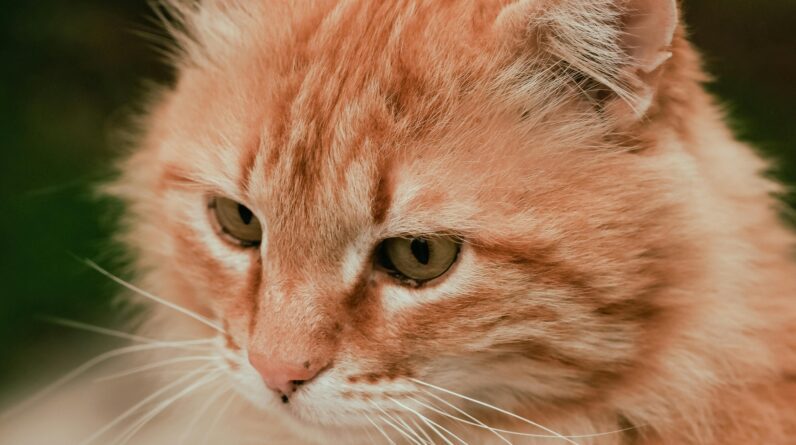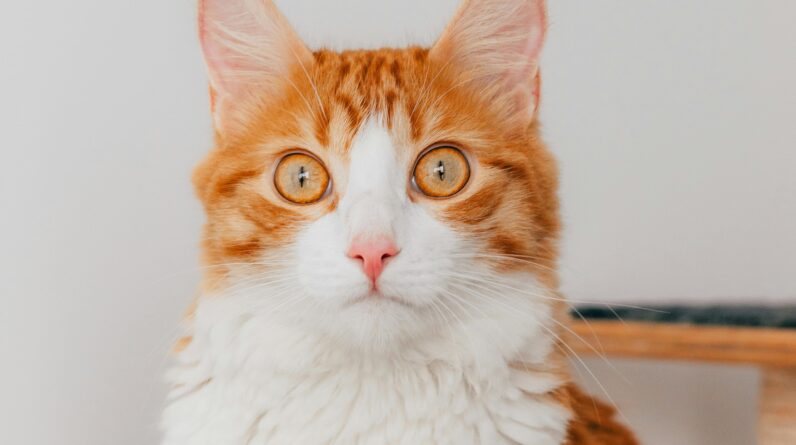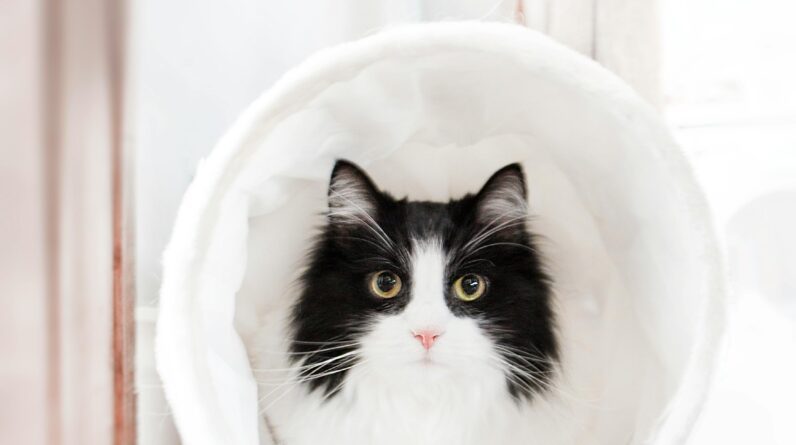
Have you ever wondered what makes a cat hypoallergenic? While no cat is completely *allergy-free*, some breeds produce fewer allergens. This can make life easier for those with allergies.
Hypoallergenic cats typically have less of the protein Fel d 1 in their saliva, urine, and skin glands. When cats groom themselves, this protein spreads to their fur. It then becomes airborne and causes allergic reactions.
Some people think hairless cats are hypoallergenic because they don’t shed as much fur. However, it’s not just about shedding; it’s about the proteins they carry.
- The Russian Blue has dense double coats that trap allergens close to their skin.
- Siberian cats produce fewer Fel d 1 proteins compared to other breeds.
If you’re an allergy sufferer but love cats, these breeds might be perfect for you! Remember that regular grooming and cleaning can also help reduce allergens in your home.
Did you know vet visits for your ginger pal can cost up to $80, and emergencies can hit thousands? 😮 But worry not! Pet insurance has got your back. For a tiny cost, avoid huge bills and keep your kitty healthy. Click here for peace of mind and endless purrs.
Common Traits of Hypoallergenic Breeds
Hypoallergenic cat breeds share some fascinating traits that help reduce allergies. Understanding these traits can help you find the perfect feline friend.
First, many hypoallergenic cats have *shorter coats* or less fur. This means they shed fewer allergens around your home.
Additionally, these breeds often produce less Fel d 1 protein. This is the main culprit behind most cat allergies.
- *Devon Rex cats* have wavy fur and minimal shedding, making them a great choice.
- The *Sphynx*, with its hairless body, produces fewer allergens on its skin.
Moreover, some hypoallergenic cats have unique grooming habits that keep their allergen levels low. For instance, the Siamese cat has a fine coat that’s easy to groom and clean.
- *Balinese cats* have long silky fur but lower Fel d 1 levels than other long-haired breeds.
If you’re looking for a furry companion without sneezing fits, consider these special traits when choosing your new pet!
Top Hypoallergenic Cat Breeds
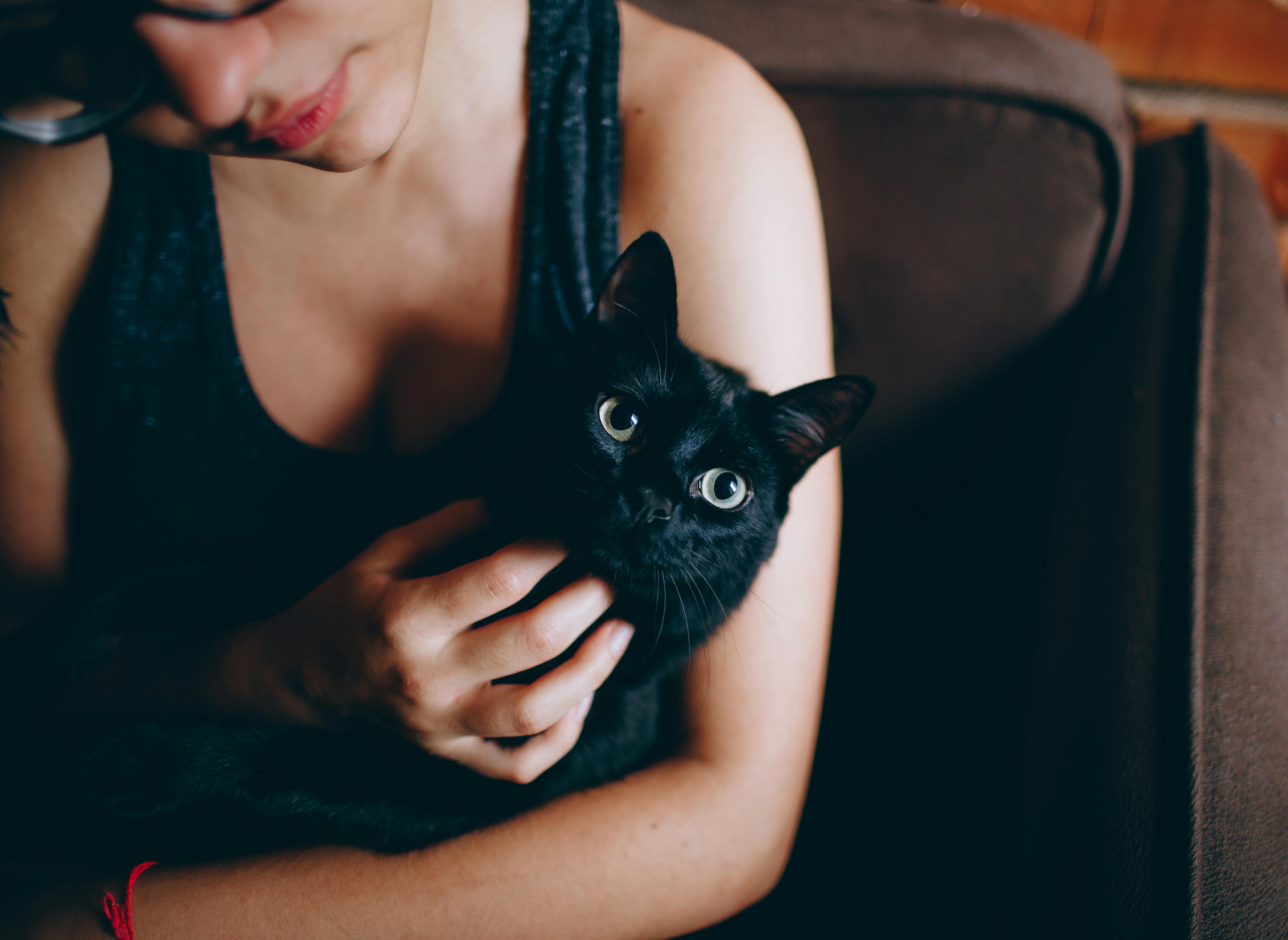

If you’re dreaming of a cat but suffer from allergies, don’t worry. There are several **hypoallergenic** breeds that could be perfect for you!
First on the list is the *Sphynx*. This breed is almost entirely hairless, which means fewer allergens for you.
Next up is the *Devon Rex*. Known for their short, curly coats that shed less than other cats.
- The *Cornish Rex* also has a unique coat texture and minimal shedding.
- *Bengal cats* have an exotic look with short fur that’s easier to manage.
The *Russian Blue* produces fewer Fel d 1 proteins, making them another great choice. Their dense double coat traps allergens close to their skin rather than releasing them into your home.Additionally, consider the lovely *Balinese*. Despite their long fur, they produce less of the allergenic protein Fel d 1.*Oriental Shorthairs*, related to Siamese cats, have fine coats and lower levels of shedding. Lastly, *Siberian cats* might surprise you. Even with thick fur coats, they produce lower allergen levels compared to other breeds.
Considering these hypoallergenic breeds can help keep your sneezes at bay while enjoying endless cuddles!
Grooming Tips for Allergy-Friendly Cats
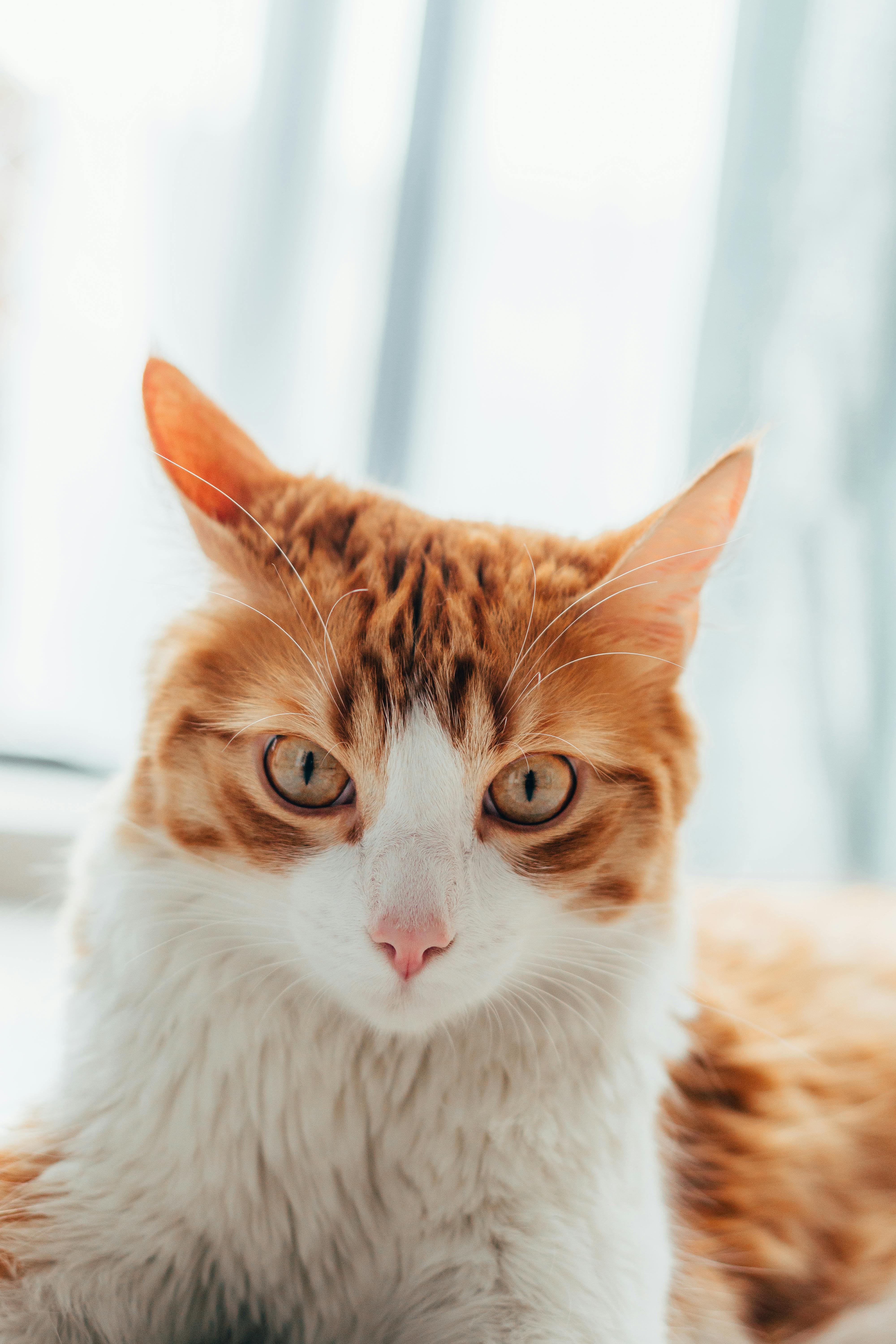

Keeping your allergy-friendly cat clean is essential. Regular grooming can help reduce allergens in your home.
Start by brushing your cat frequently. This helps remove loose fur and dander.For breeds like the *Sphynx*, regular baths are necessary. Their skin produces oils that need to be cleaned off.*Devon Rex* and *Cornish Rex* cats also benefit from occasional baths due to their unique coat textures.
- For other hypoallergenic breeds, wiping them down with a damp cloth can work wonders.
- This simple act helps trap and remove dander effectively.
Don’t forget about their bedding! Wash it regularly to keep allergens at bay.
Always use hypoallergenic detergents for this task. This ensures any residue does not cause issues for you or your kitty.
Your own hygiene matters too! After petting or grooming, wash your hands thoroughly.
Lastly, maintaining a clean living environment goes hand in hand with regular grooming.Vacuum often, especially areas where your cat loves to nap. Consider using air purifiers with HEPA filters to capture airborne allergens better!
Living with a Hypoallergenic Cat


Living with a hypoallergenic cat can be a joyful experience. These special breeds make it possible for allergy sufferers to enjoy feline companionship.
It’s important to create an allergy-friendly environment. Start by designating pet-free zones in your home, such as your bedroom.Invest in furniture covers that can be easily washed. This helps minimize dander accumulation on your sofas and chairs.
Keep windows open when weather permits to allow fresh air circulation.
- A regular cleaning routine is key.
- Dust and vacuum frequently to keep allergens at bay.
*HEPA filters* are your best friend! Use them in vacuums and air purifiers for maximum effect.Your lifestyle adjustments will pay off when you see how happy your cat is!Remember, every hypoallergenic breed has unique needs. Research specific care tips tailored for their coat type and personality.
And always stay prepared for emergencies with pet insurance!Did you know vet visits for your ginger pal can cost up to $80, and emergencies can hit thousands? 😮 But worry not! Pet insurance has got your back. For a tiny cost, avoid huge bills and keep your kitty healthy. Click here for peace of mind and endless purrs.



